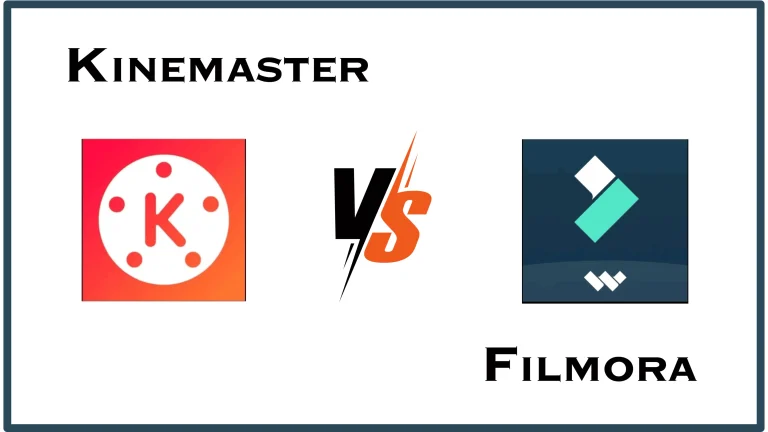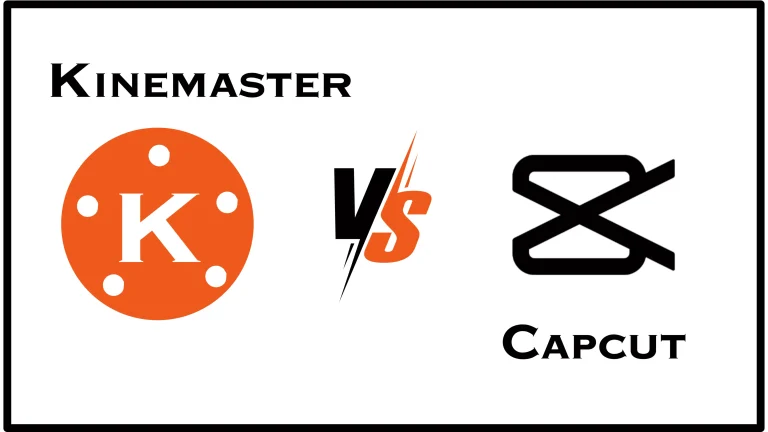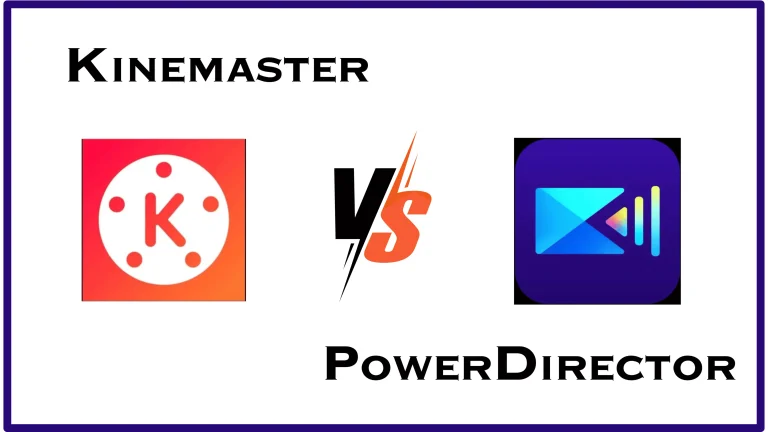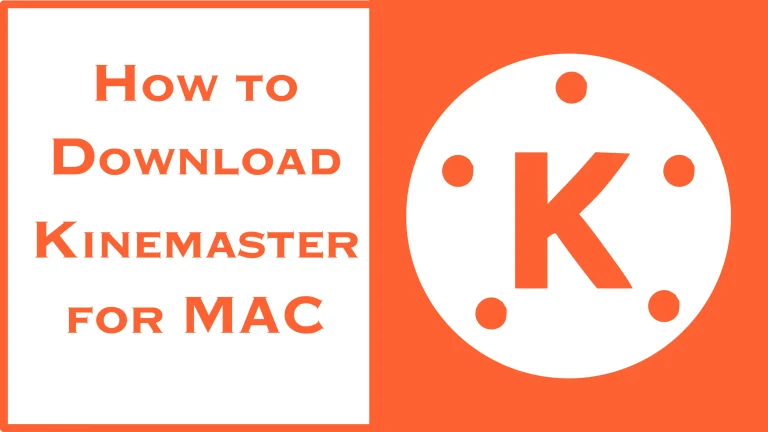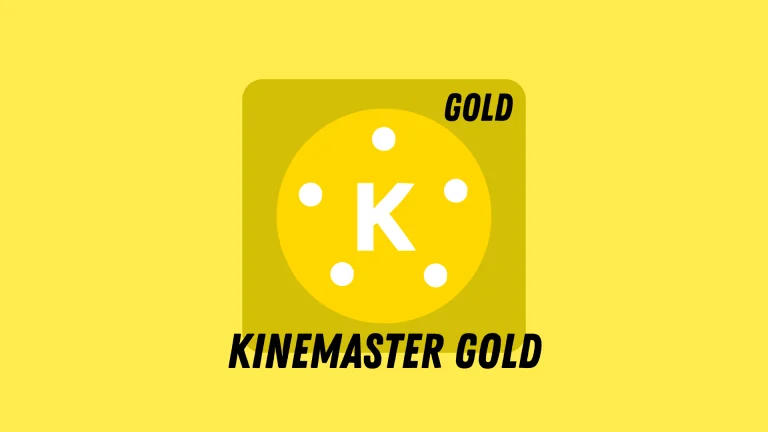Kinemaster Schema Tester
Name: Kinemaster
Category: Video Editing
Operating System: Android, iOS
Description: Kinemaster is a professional video editing app designed for mobile devices. With its intuitive interface and powerful features, users can create stunning videos with ease. Whether you’re a content creator, social media influencer, or aspiring filmmaker, Kinemaster provides all the tools you need to bring your vision to life.
Key Features:
- Multi-layer Editing: Overlay multiple video, image, and text layers for complex compositions.
- Effects Library: Choose from a wide range of transitions, filters, animations, and visual effects.
- Audio Enhancements: Mix audio tracks, add voiceovers, and apply sound effects.
- Export Options: Export videos in various formats and resolutions, including HD and 4K.
- Real-time Preview: Instantly preview edits for seamless playback and transitions.
Rating: 4.4 (based on 4400 ratings)
Price: Free
Download Link: [Link to download Kinemaster app]
Critical Elements of the Schema:
- name: The name of the software, here specified as “Kinemaster for PC.”
- applicationCategory: Specifies the category of the application, such as Multimedia for video editing software.
- operating system: Indicates which operating system the software is compatible with, in this case, Windows.
- aggregateRating: Includes the average rating and total number of reviews.
- offers: Details regarding pricing, currency, and availability.
- downloadUrl: URL where the software can be downloaded.
- softwareVersion: Current version of the software.
- softwareRequirements: Specifies system requirements needed to run the software.
- screenshot: URL of an image showing a screenshot of the software interface.
- features: List of key features provided by the software.
- fileSize: The size of the software file.
- installUrl: URL where instructions or the installer can be accessed.
This schema should be inserted in the HTML of the webpage where Kinemaster for PC is featured, helping search engines understand and display the software application information effectively.
Key Elements of the Schema:
- name: Name of the list, here used to denote the comparison between Kinemaster and Capcut.
- description: A brief description of what this comparison entails.
- itemListElement: An array containing each item (software application) being compared. Each
ListItemincludes:- position: The ordinal position in the list.
- item: Details about the software, including name, category, operating systems supported, ratings, and pricing.
This schema helps search engines understand that the page is comparing two items and provides structured details about each. When used correctly, it can enhance the appearance of your page in search results, potentially showing it as a comparison snippet or in a more structured format that could attract more clicks.
Key Elements of the Schema:
- name: The title of the list, indicating a comparison between Kinemaster and PowerDirector.
- description: A detailed description that highlights the purpose of the comparison, focusing on key aspects like features, usability, and pricing.
- itemListElement: This array contains structured data for each software application. Each
ListItemincludes:- position: Indicates the order in which the software is presented in the comparison.
- item: Contains detailed information about each software, including the name, application category, supported operating systems, user ratings, and pricing details.
This structured data schema is designed to enhance the visibility of your comparison content on search engine results pages, potentially improving click-through rates by presenting clear, structured information directly in search results.
Key Elements of the Schema:
- name: The title of the list, indicating a comparison between Kinemaster and Filmora.
- description: A detailed description that highlights the purpose of the comparison, focusing on key aspects like features, usability, and pricing.
- itemListElement: This array contains structured data for each software application. Each
ListItemincludes:- position: Indicates the order in which the software is presented in the comparison.
- item: Contains detailed information about each software, including the name, application category, supported operating systems, user ratings, and pricing details.
This structured data schema is designed to enhance the visibility of your comparison content on search engine results pages, potentially improving click-through rates by presenting clear, structured information directly in search results.
Key Elements of the Schema:
- name: The name of the software, here specified as “Kinemaster for Mac.”
- applicationCategory: Specifies the category of the application, such as Multimedia for video editing software.
- operatingSystem: Indicates which operating system the software is compatible with, in this case, macOS.
- aggregateRating: Includes the average rating and total number of reviews.
- offers: Details regarding pricing, currency, and availability.
- downloadUrl: URL where the software can be downloaded.
- softwareVersion: Current version of the software.
- softwareRequirements: Specifies system requirements needed to run the software.
- screenshot: URL of an image showing a screenshot of the software interface.
- features: List of key features provided by the software.
- fileSize: The size of the software file.
- installUrl: URL where instructions or the installer can be accessed.
This schema should be inserted in the HTML of the webpage where Kinemaster for Mac is featured, helping search engines understand and display the software application information effectively.
Key Elements of the Schema:
- name: The name of the software, here specified as “Kinemaster for iOS.”
- applicationCategory: Specifies the category of the application, such as Multimedia for video editing software.
- operatingSystem: Indicates which operating system the software is compatible with, in this case, iOS.
- aggregateRating: Includes the average rating and total number of reviews.
- offers: Details regarding pricing, currency, and availability.
- downloadUrl: URL where the software can be downloaded from the App Store.
- softwareVersion: Current version of the software.
- softwareRequirements: Specifies system requirements needed to run the software on iOS devices.
- screenshot: URL of an image showing a screenshot of the software interface.
- features: List of key features provided by the software.
- fileSize: The size of the software file.
This schema should be inserted in the HTML of the webpage where Kinemaster for iOS is featured, helping search engines understand and display the software application information effectively. This structured data can enhance the visibility of your app in search results and provide potential users with quick information about its features and compatibility.
Key Elements of the Schema:
- name: Name of the application, “Kinemaster.”
- applicationCategory: The type of application, which is Multimedia for video editing.
- operating system: Lists the operating systems on which the application can run, such as Android and iOS.
- aggregate rating: Includes the average rating and the total number of reviews.
- offers: Details about the pricing and availability.
- download: Provides direct links to where the app can be downloaded on different platforms.
- features: Highlights key features of Kinemaster.
- softwareVersion: Indicates the version of the software, here labeled as “Latest.”
- softwareRequirements: Notes any specific requirements for the software, which vary by device.
- screenshot: URL of a screenshot showcasing the app.
- review: An example review of the software, which helps provide potential users with insight into its usability and functionality.
This schema helps search engines understand the download options and features of Kinemaster, enhancing the visibility of the download links in search engine results, and potentially leading to higher conversion rates.
Key Elements of the Schema:
- name: Title of the how-to guide.
- description: A brief summary of what the guide is about.
- Total Time: Total time required to complete the guide.
- estimatedCost: Cost associated with the process (usually free for digital products).
- step: An array of steps explaining the process.
- supply: Any supplies needed to complete the guide.
- tool: Tools required for the guide.
- image: Visual representation of any step or overview of the process.
This schema should be embedded in the HTML of the webpage where the guide is published. It helps search engines understand the content and structure of your how-to guide, which can enhance the visibility of the page in search results and provide users with useful information directly in the search listings.

